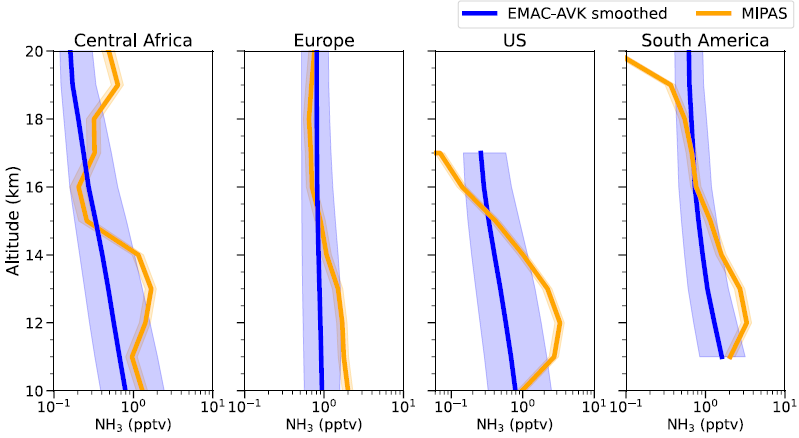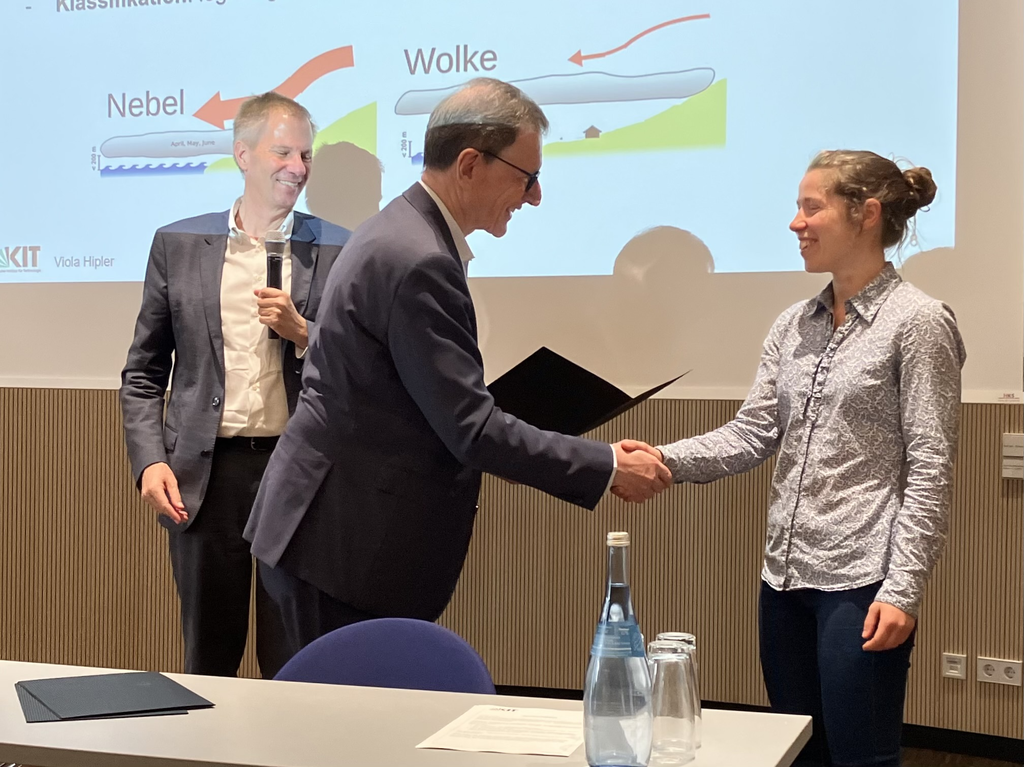The IMKASF
The Institute of Meteorology and Climate Research Atmospheric Trace Gases and Remote Sensing (IMKASF) investigates dynamic, microphysical and chemical processes in the Earth’s atmosphere, with the goal to understand, quantify and predict its natural variability and long-term changes.
Accurate measurements of atmospheric trace gases, aerosols and clouds from various observational platforms (ground-based stations, air craft, balloons, satellites) provide the data that are required for the modelling of atmospheric processes.
Particular focus of the activities of IMKASF is to investigate the complex links and feedbacks between climate change, dynamics and transport, and atmospheric chemistry.

In our new project „WOW - a World model of Our World“ we will have five years to study how AI can help us understand and predict connections in the Earth system based on observations. At IMKASF Peer Nowack (project lead) and Jan Cermak will be involved, together with other KIT scientists from meteorology and computer science.
to press release
A recent paper published in PNAS evaluates the importance of ammonia (NH₃) for the formation and growth of new particles, and their effects on cloud condensation nuclei in the upper troposphere and lower stratosphere (UTLS). It is based on the detection of NH₃ and NH₄NO₃ in the UTLS by MIPAS/Envisat and GLORIA at IMKASF.
Link_more
At the annual conference of the KIT Climate and Environment Center on June 5, 2025, Viola Hipler was awarded the Sparkassen-Umweltpreis for her master's thesis on the differentiation of fog and other low clouds in the Namib, which she wrote under the supervision of Hendrik Andersen and Jan Cermak in the AeroFog project.
Weitere Informationen zum AeroFog Projekt